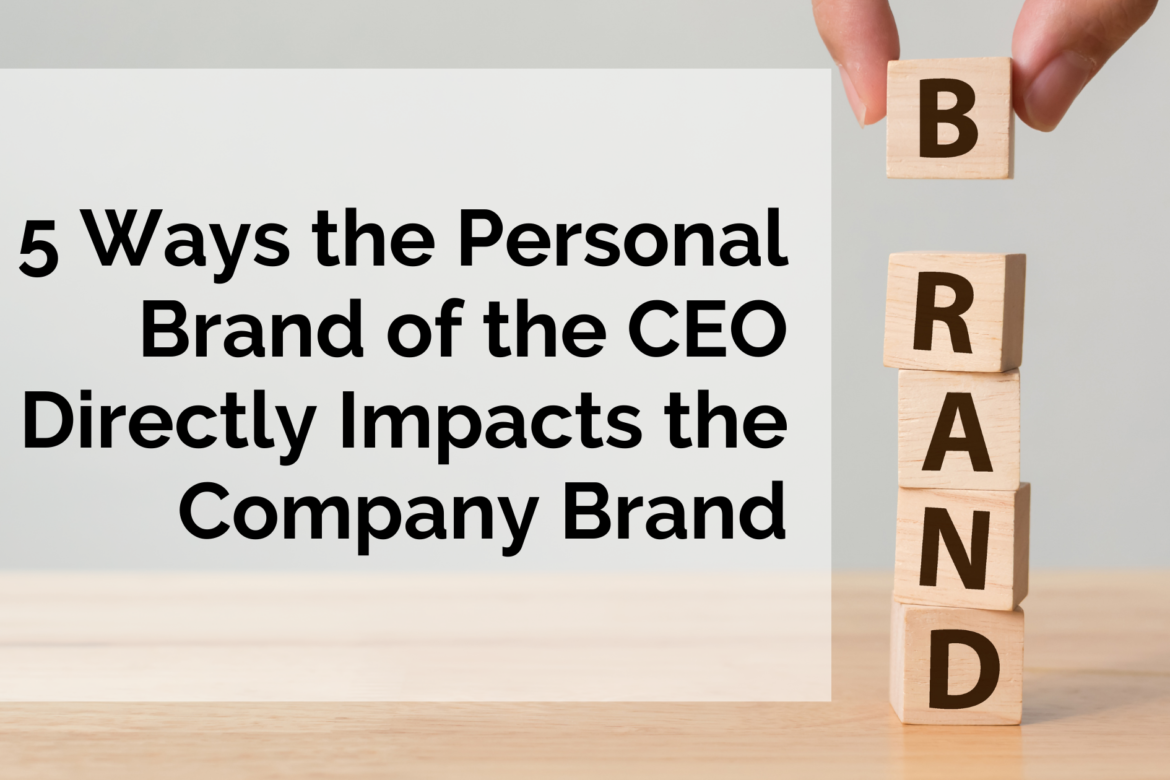CEOs no longer have the option of staying in the shadows. A 2017 study found that millennials aren’t the only group who care about CEO engagement — over half of the members of each age group surveyed expect CEOs to be visible, and even active in the public sphere. Before a CEO can effectively represent the company, they need to make sure they have a personal brand that can be identified, understood, and adds value. CEOs should be sure to ask themselves some important questions:
1. Are you findable, consistent, and on-brand?
If a tree falls in the forest, does it make a sound? If a leader has failed to secure and populate the most critical contemporary communications platforms, does their brand have any effect? Aside from activism, millennials look to the visibility and likeability of the leader to say yes to a job. Start with the basics. As a social media platform with over 756 million members and billions of monthly visits, a profile on LinkedIn, at a minimum, needs a photo, a message, and an appropriate link to the company page. Run a search on Google, and the results need to be meaningful. A personal name of a leader should trigger information about their company, photos, news, videos, a LinkedIn profile, and other important links.
2. What would your employees say about your personal brand?
Employees appreciate being seen, heard, and recognized in meaningful ways. The number one reason that people leave their jobs is lack of recognition. Leadership is meaningless without people to lead, and recognition and celebration improve employee satisfaction, recruitment, retention, and business outcomes. Careful, there often is a disconnect between what a leader thinks they are doing in this area, and employee perception: 51% of managers say they do a good job of recognizing a job well done, yet only 17% of employees from the same companies in the study say that their managers recognize them for a job well done (Source: Globoforce Employee Recognition Survey).
3. Have you trained and modeled brand ambassadorship?
Visibility as an individual and a leader is one-half of the equation. Engagement online also represents the company. And a leader shouldn’t be doing it alone. There are multiple strategies for building an online presence that situates and promotes a brand. A leader can create opportunities for their team to design and disseminate messages about themselves and the business through shareable content, guidance, and a willingness to lead in this arena as well. This can mean becoming an early adopter in the company of ways to access and engage platforms or social media that may be new and challenging.
82% of people are more likely to trust a company whose high-ranking executives actively use social media. — BrandFOG CEO Survey
4. Need brand visibility? Create the opportunity yourself.
In any competitive market, a brand can get drowned in the noise. A noisebreaker makes a brand stand out through thought leadership and innovative engagement. A CEO can help the brand by deliberate curation, embracing controversy, and positioning the brand to lead an industry conversation. Sometimes this requires getting creative. In 2020, when the pandemic response in California shut down all fitness centers, there was no industry voice to advocate for a change in policy. Francesca Schuler, CEO of InShape Fitness, and other industry leaders founded the California Fitness Alliance, which resulted in an industry roundtable. She helped create and facilitate a critical conversation that wasn’t happening before.
5. How are you shaking things up?
In every industry, there are opportunities to generate momentum. Innovation can take various forms. Tesla accelerated (pun intended) the electric vehicle market by proving that luxury, efficiency, and aesthetic could be part of what had been a fringe part of the automobile industry. Tom’s Shoes instigated the buy one — give one model, which has now been adopted by other companies, like Bombas. In both of these cases, there was room in the industry for a shift, and the CEOs of these companies seized the opportunity to become the pioneer and cement a brand legacy. In an era where ESG has become key to business success, CEOs have an opportunity and an obligation to live their company brand in meaningful and intentional ways.
Given the visibility that comes with their role and their symbiotic relationship with their company brand, CEOs need to be leaders in the many senses of the word. It’s not enough to delegate brand awareness and engagement to the marketing department. CEOs must be personally involved and actively engaged. Have you reviewed your personal brand strategy? Remember, the brand of a CEO should not be ego-driven. CEOs have more influence than they realize when it comes to increasing awareness, developing new business, engaging with partners, and attracting & retaining talent. An authentic CEO leverages their personal brand for bigger purposes than their own visibility.
Jen Dalton is a personal brand specialist with entrepreneurship in her DNA. Her book, Listen: How To Embrace the Difficult Conversations LifeThrows at You, is an insightful guide into navigating tough talks. She helps business owners and executives define how they show up as leaders, make the most of their strengths, and tend to their legacy, growth, and visibility. The author of two books, frequent speaker, podcaster, and “Purpose Sherpa,” Jen is a critical resource for any person or company that wants to define their brand and differentiate themselves in authentic, credible, and relevant ways to the market.

